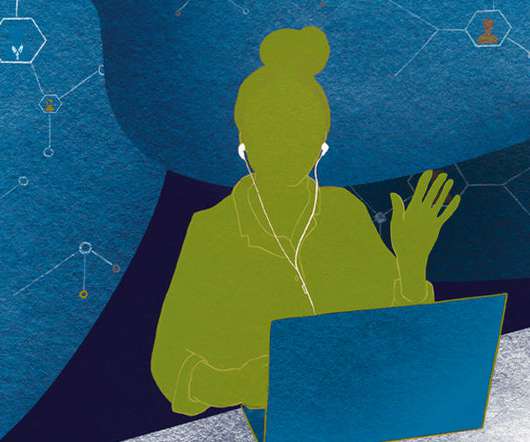Bridging the Connectivity Divide in K–12 School Districts
EdTech Magazine
JUNE 24, 2021
Despite widespread efforts to bridge the digital divide through one-to-one device programs, connectivity challenges continue to leave millions of students and teachers trapped in the slow lane of the information superhighway. DISCOVER: Pandemic aid helps narrow Mississippi's digital divide.























Let's personalize your content